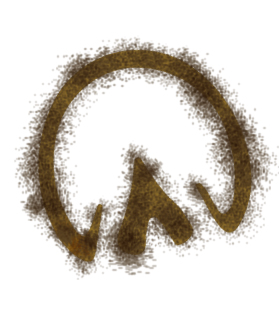Hay Everyone!
I think there’s hope that spring is right around the corner! Maybe it’s wishful thinking, but all my friends and I are shedding out our winter coats which means the days are getting longer. Spring will bring fresh green grass along with it. Lurking among these juicy shoots may be some plants that are harmful to your horse. It’s never a bad idea to review poisonous plants and check your pasture for them.
Good pasture management is one of your best defenses against those lurking plants. If you need some refreshers on what good pasture management is you can check out this fact sheet. Despite all your best efforts, you might still end up with some unwanted plants in your pasture. Because of this, it can be a good idea to take a walk through your pasture to check for these plants. There are some plants that only grow in certain regions of the world. Because of this you’ll want to be familiar with and find resources that are specific to your geographic location to help you in identifying any potentially dangerous plants in your pasture. After doing some browsing through extension publications it looks like there are some plants that are fairly common across a number of geographic locations, especially within the United States. Photos can be really helpful in identifying plants, so you might want to check out this publication from the University of Minnesota that has descriptions and photos of some common poisonous plants.
In all of my reading, I also discovered that there’s not just one substance that makes a plant poisonous. There are a number of different chemical compounds that make plants toxic to animals. For an example, a class of compounds called alkaloids are what makes plants in the nightshade family toxic while its glycosides that make wild cherries toxic. The symptoms associated with poisoning vary because there are so many different compounds which could be causing the problem. These symptoms can range all the way from mild irritation or sickness to death. The symptoms and severity of the symptoms are also dependent on how much of the plant an animal consumed and what part of the plant the animal consumed. Some plants concentrate the poisonous compounds in their seeds while other will have higher concentrations in their leaves or stems.
If you suspect your horse has eaten a poisonous plant, you need to contact your veterinarian immediately. They will be able to provide supportive care and recommend the best course of action. You should also save the plant that you think your horse nibbled on as this can be used in helping to diagnose the problem. Don’t forget that these poisonous plants can also be found in your horse’s hay. If you’re not finding anything in the pasture, you may want to take a look at the hay.
If you’re interested in doing some investigative work of your own, you can a take a look at the Rutgers Fact Sheet on poisonous plants. It has links to lots of other websites you can explore. Who knows, you might be ready to write the next blog post after all of your reading!
The next time you’re out walking through the pasture to fetch your horse, take a few minutes to notice the plants growing under your feet. It’s also a good idea to routinely walk your pasture with the purpose of checking for poisonous plants. You’ll want to be sure you check those fence lines as well! There are plenty of plants that like to lurk along the edges of the pasture and escape your notice.
Until Next Time.
Your Friend,

Lord Nelson
